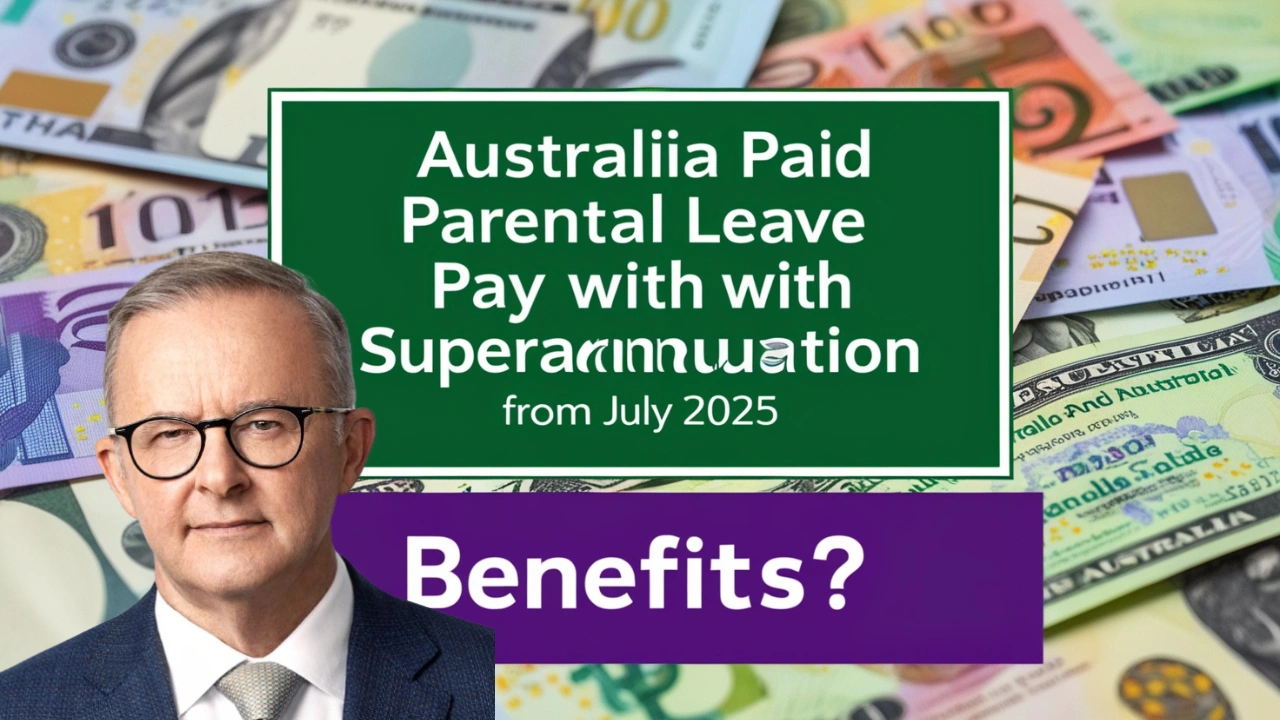Australia is set to introduce a major reform in its Paid Parental Leave (PPL) system starting in July 2025. This change will include superannuation contributions on government-paid parental leave, aiming to close the gender retirement gap. With this reform, about 180,000 families annually will benefit, ensuring that parents receive both financial support for childcare and the ability to build retirement savings during their leave.
Key Details of the Reform
Implementation Date: July 1, 2025
Superannuation Rate: 12% of PPL payments
Eligibility Period: Up to 26 weeks (starting at 22 weeks, increasing to 26 weeks by 2026)
Target Audience: Around 180,000 families annually
Objective: Enhance retirement savings, particularly for women, and promote gender equality
Estimated Cost: AUD 1.1 billion over the forward estimates
Current System vs. New Changes
Under the existing PPL system, parents receive paid leave at the national minimum wage, but no superannuation is contributed during this time. This has led to a significant financial disadvantage for women, who often take on a larger share of childcare duties and consequently retire with much lower superannuation balances. On average, women retire with 25% less super than men, amounting to a shortfall of around AUD 51,700.
Starting July 1, 2025, parents on PPL will receive a superannuation contribution of 12% of their PPL payments, aligning with the standard superannuation guarantee. Initially, this will apply for up to 22 weeks of leave, but by 2026, the period will extend to 26 weeks.
Why This Reform Matters
This change is a critical step toward reducing Australia’s gender retirement income gap. Superannuation contributions during PPL ensure that parents—especially women—do not lose out on retirement savings while taking time off to care for their children. As the retirement system in Australia is largely based on superannuation, this reform is a direct effort to close the gender gap that has persisted for years.
The reform is also part of the government’s broader agenda to improve financial security for families and women. This includes plans to expand the PPL period to 26 weeks by 2026 and reduce childcare costs. With an investment of AUD 1.1 billion into this initiative, the government is prioritizing gender equality and family welfare.
How the New System Will Work
From July 2025, eligible parents will receive superannuation contributions alongside their PPL payments. Here’s how the process will unfold:
- Super Contributions: Parents will receive 12% of their PPL payments as super contributions. These contributions will be deposited into the recipient’s nominated superannuation fund based on the national minimum wage.
- Payment Period: Initially, superannuation will be paid for up to 22 weeks, extending to 24 weeks in 2025, and eventually 26 weeks by 2026. Contributions will be calculated based on the entire leave period.
- Lump Sum Payments: Super contributions will be made as a lump sum at the end of each financial year, including interest to ensure growth of the super account during the leave period.
- No Impact on Other Contributions: The superannuation paid on PPL will be in addition to any super contributions from the parent’s employer, ensuring that there is no disruption to the overall retirement savings plan.
Practical Benefits
For a parent taking the full 26 weeks of PPL, this reform could lead to a superannuation contribution of up to AUD 3,000, depending on the national minimum wage at the time. Over a lifetime, these contributions could significantly help close the superannuation gap between men and women.
Additionally, this change ensures that both parents—regardless of gender—can take time off for childcare without suffering long-term financial setbacks. This promotes a more equal workplace where both parents can share the responsibility of child-rearing without compromising their financial futures.



